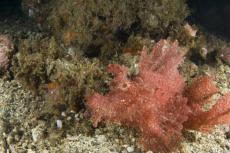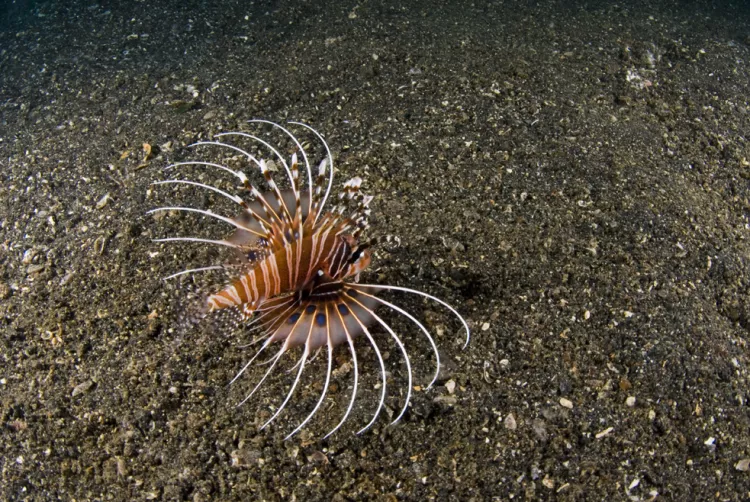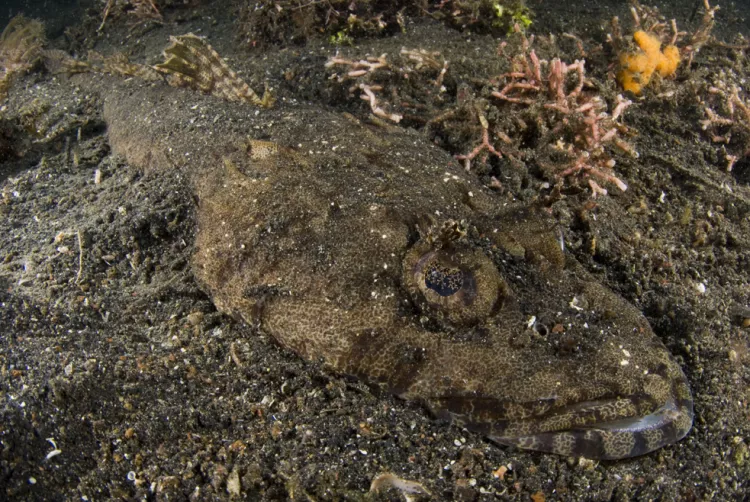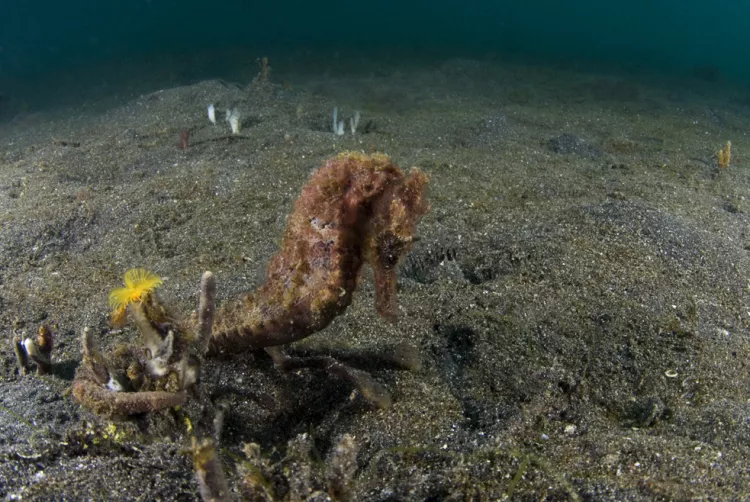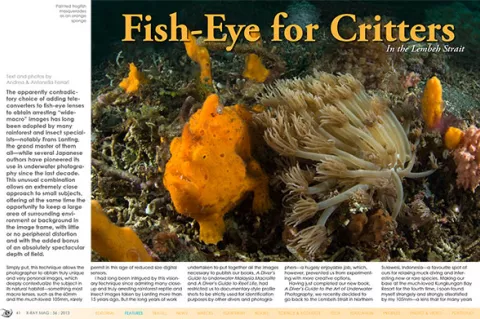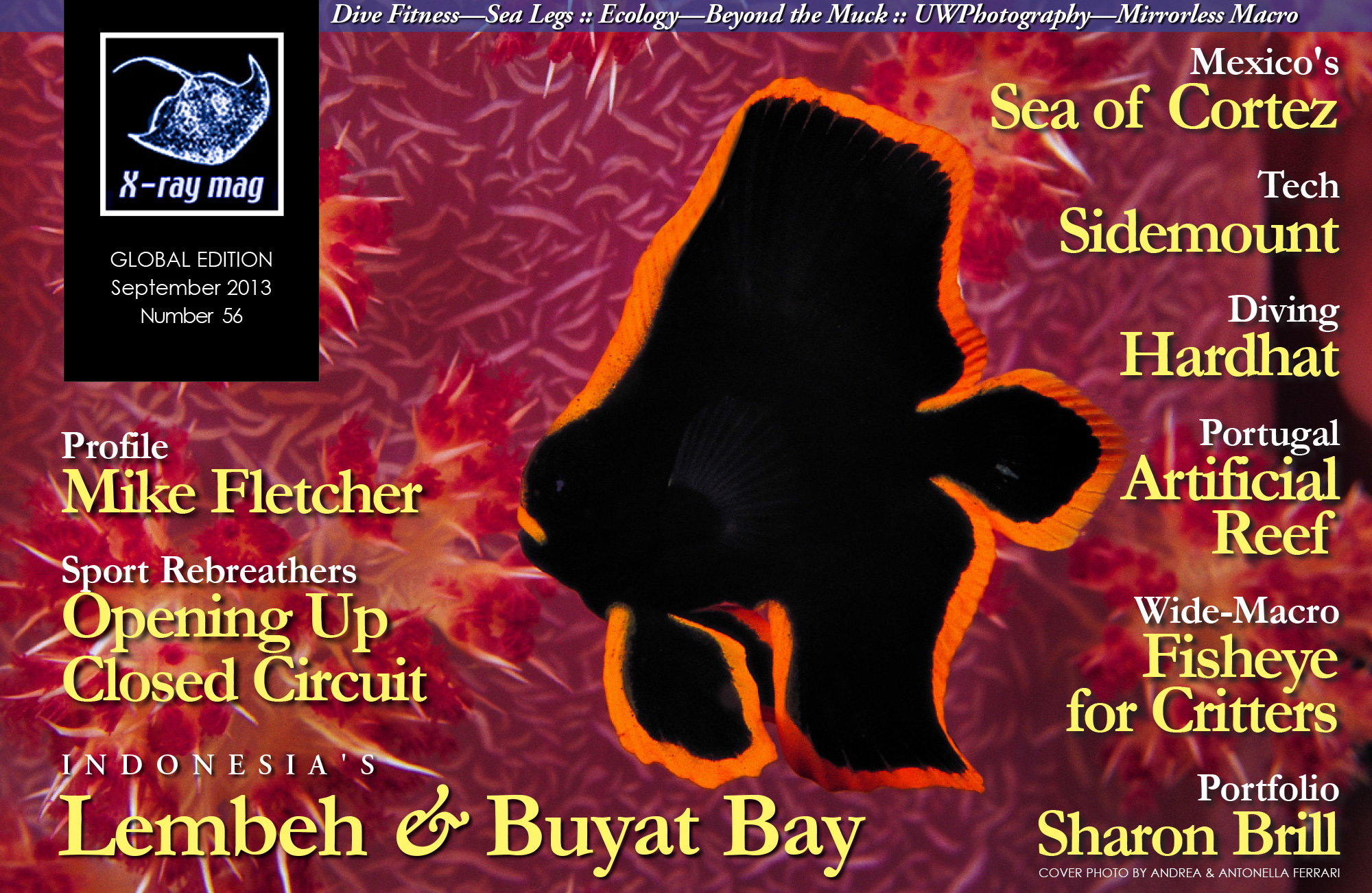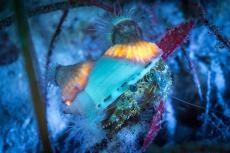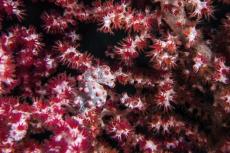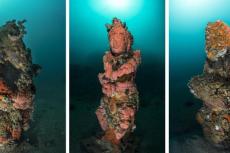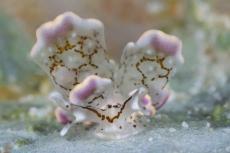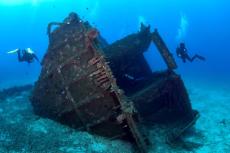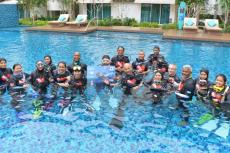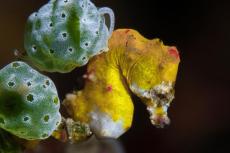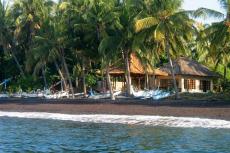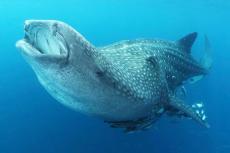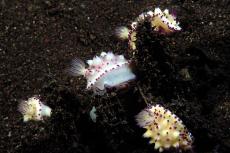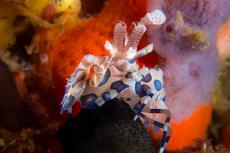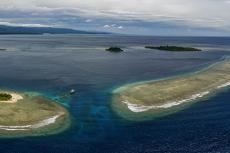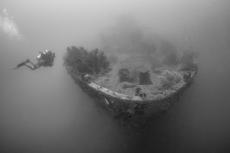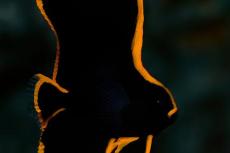The apparently contradictory choice of adding teleconverters to fish-eye lenses to obtain arresting “wide-macro” images has long been adopted by many rainforest and insect specialists—notably Frans Lanting, the grand master of them all—while several Japanese authors have pioneered its use in underwater photography since the last decade.
Contributed by
This unusual combination allows an extremely close approach to small subjects, offering at the same time the opportunity to keep a large area of surrounding environment or background in the image frame, with little or no peripheral distortion and with the added bonus of an absolutely spectacular depth of field.
Simply put, this technique allows the photographer to obtain truly unique and very personal images, which deeply contextualize the subject in its natural habitat—something most macro lenses, such as the 60mm and the much-loved 105mm, rarely permit in this age of reduced size digital sensors.
I had long been intrigued by this visionary technique since admiring many close-up and truly arresting rainforest reptile and insect images taken by Lanting more than 15 years ago. But the long years of work undertaken to put together all the images necessary to publish our books, A Diver’s Guide to Underwater Malaysia Macrolife and A Diver’s Guide to Reef Life, had restricted us to documentary-style profile shots to be strictly used for identification purposes by other divers and photographers—a hugely enjoyable job, which, however, prevented us from experimenting with more creative options.
Having just completed our new book, A Diver’s Guide to the Art of Underwater Photography, we recently decided to go back to the Lembeh Strait in Northern Sulawesi, Indonesia—a favourite spot of ours for relaxing muck diving and interesting new or rare species. Making our base at the much-loved Kungkungan Bay Resort for the fourth time, I soon found myself strangely and strongly dissatisfied by my 105mm—a lens that for many years past had become an object of cult for me.
Macro portraits seemed, all of a sudden, to have lost visual power. Creative apathy had set in. Fiddling in frustration, I suddenly realized that going “wide-macro” could offer the solution to the impasse—even if by definition, this technique, as suggested by our friend Alex Mustard, might actually end up being severely restrictive in the choice of subjects and could also create a lot of backscatter problems in the notoriously murky depths of the Lembeh Strait.
Anyway, there seemed to be no real choice, so I set up my untried combo of the Nikon 10.5mm plus a 1.4 Kenko teleconverter and had it mounted on my D200 behind the smallish polycarbonate fish-eye dome of my Sea & Sea housing, which until now I had only been using with the 10.5mm alone or the 12-24mm zoom, in both cases with excellent results.
Intriguing results
Results were immediately intriguing. I have always been a strong supporter of the use of fish-eye lenses in shooting close-up images, but at the same time, I have also been regularly frustrated by the strong peripheral distortion of the image created by the use of such extreme lenses.
With the new combination, I immediately found myself being able to get in physical contact with most subjects—actually brushing against cockatoo waspfish, devil scorpionfish, snake eels, frogfish and other critters—with the camera’s dome, getting much closer than it had ever been possible in the past while using the 105mm flat port.
It was clear from the start that most species would not associate the approaching, reflective dome with an impending danger, and would not perceive it as the gaping mouth of a looming predator as had always happened with the 105mm tubular port.
A slow and careful approach allows exceptional proximity to shy subjects. Now it became clear how rainforest photographers had obtained such spectacular images of tree frogs, gaping snakes and displaying praying mantises!
A few attempts immediately showed that to obtain the best results in lighting and composition—particularly regarding later editorial use—required the subject to be strongly positioned off-center, as the usual rules suggest. This is easier said than done, however, at such short distances, and I suggest photographers to focus on the subject’s eye by half-pressing the shutter lever while it is in the center of the frame, and then to carefully recompose while keeping the shutter lever half pressed.
A slight peripheral distortion of the image becomes quite noticeable at (...)
Published in
- Log in to post comments


